Where could Trump and Putin meet as they are set to discuss Ukraine ceasefire?

Vladimir Putin and Donald Trump are set to meet next week, the Kremlin has confirmed.
In what would be the first summit between leaders of the two countries since 2021, Trump and Putin will meet in search of a breakthrough to end the Ukraine war.
The announcement comes a day after US special envoy Steve Witkoff held talks with Putin in an attempt to convince the Russian president to sign a ceasefire agreement with Ukraine.
“At the suggestion of the American side, an agreement was essentially reached to hold a bilateral meeting at the highest level in the coming days, that is, a meeting between President Vladimir Putin and Donald Trump,” Kremlin aide Yuri Ushakov said. He said a summit venue had been agreed, but would be announced later.
Here, The Independent looks at the countries that could set the stage for the momentous occasion.
Reykjavik, Iceland – an echo of the Cold War
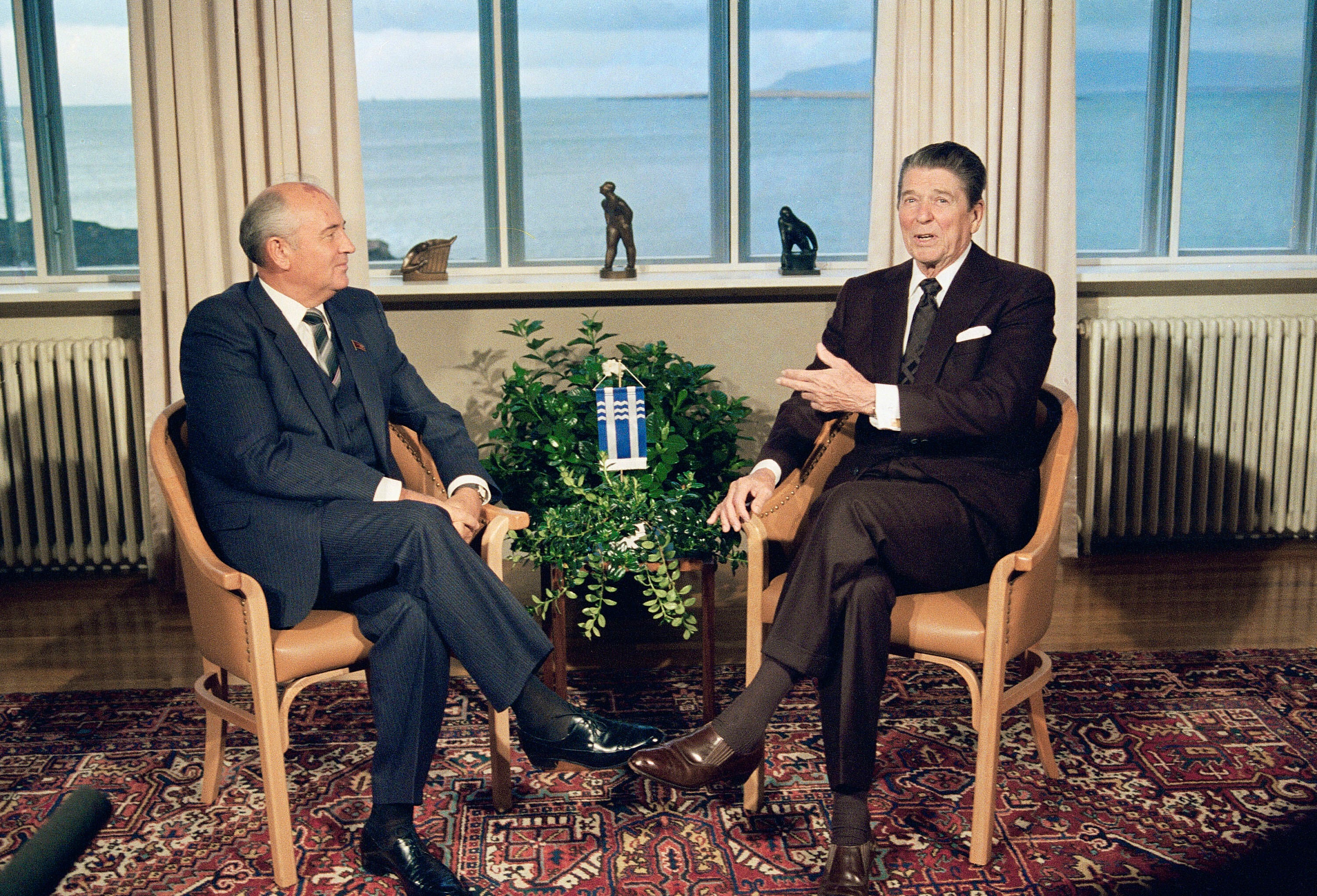
Iceland’s capital Reykjavik is one option, as it is symbolic of past US–Russia diplomatic relations.
Reykjavik hosted the 1986 summit between Ronald Reagan and Mikhail Gorbachev, which was seen as a turning point in the Cold War.
Although that meeting ended without a formal agreement, it laid the groundwork for future nuclear arms reduction treaties and helped ease tensions between the two warring nations.
Trump has often compared himself to Reagan, as a self-proclaimed “deal-maker”. Reykjavik would, therefore, carry significant symbolism for the US president.
Doha, Qatar – the world’s new neutral peace broker

Qatar, once known as a small petrostate, has emerged as one of the world’s most trusted mediators in recent years. It has hosted negotiations between the US and Taliban, brokered ceasefire talks in Gaza, and positioned itself as a diplomatic bridge between Western powers and its adversaries.
Doha has strong relationships with both Moscow and Washington, and it has a preference for discreet diplomacy. This makes it an attractive location for both Putin and Trump.
Earlier this year, during his trip to the Middle East, the US president marvelled at the wealth of his Arab hosts, admiring the marble in the Qatari palace as “perfecto” and “very hard to buy.” His admiration for the country and its leaders could mean Trump suggests it as the meeting place.
Russia is also deepening its ties with countries in the Middle East, and if Putin were to suggest Qatar, it would signify a move away from traditional Western capitals and towards more flexible, non-aligned powers.

Geneva, Switzerland – the traditional choice
Geneva has long existed as a staple for global summits. It was the site of the most recent US–Russia presidential meeting, when Joe Biden met Vladimir Putin there in 2021.
Switzerland, famous for its neutrality, has also hosted numerous historic encounters, from Cold War arms talks to Iran nuclear negotiations.
Due to its experience in high-stakes diplomacy, Switzerland is a practical choice. However, for Moscow, Geneva may now feel too Western-aligned particularly after Switzerland adopted EU sanctions over the Ukraine war.
Nevertheless, Geneva remains a strong meeting ground for traditional diplomacy.
Belgrade, Serbia – Moscow friendly location
Serbia is seen by many as a geopolitical in-between – it has maintained warm relations with Moscow while also seeking closer ties with the West.
It has also refused to join Western sanctions against Russia, and has hosted various informal meetings between Russia and Western officials since the beginning of the war.
For Putin, Belgrade is a welcoming environment that is not too overtly pro-Russian. Similarly, for Trump, it may suggest neutrality, which could avoid the backlash he faced after his 2018 summit with the Russian president in Helsinki.
Abu Dhabi or Dubai, UAE – Quick and convenient
Putin met with the president of the United Arab Emirates on Thursday, which reports have previously suggested as a possible venue.
The UAE has quietly become a key broker for diplomacy, particularly between Russia and Ukraine, hosting negotiations over prisoner exchanges.
For Trump, a summit in Abu Dhabi or Dubai would provide the grandeur he often opts for, whilst also avoiding the bureaucracy of more traditional Western venues.
The UAE also has a strong working relationship with Putin, and has resisted Western sanctions against Russia.
Where did Putin and Trump last meet?
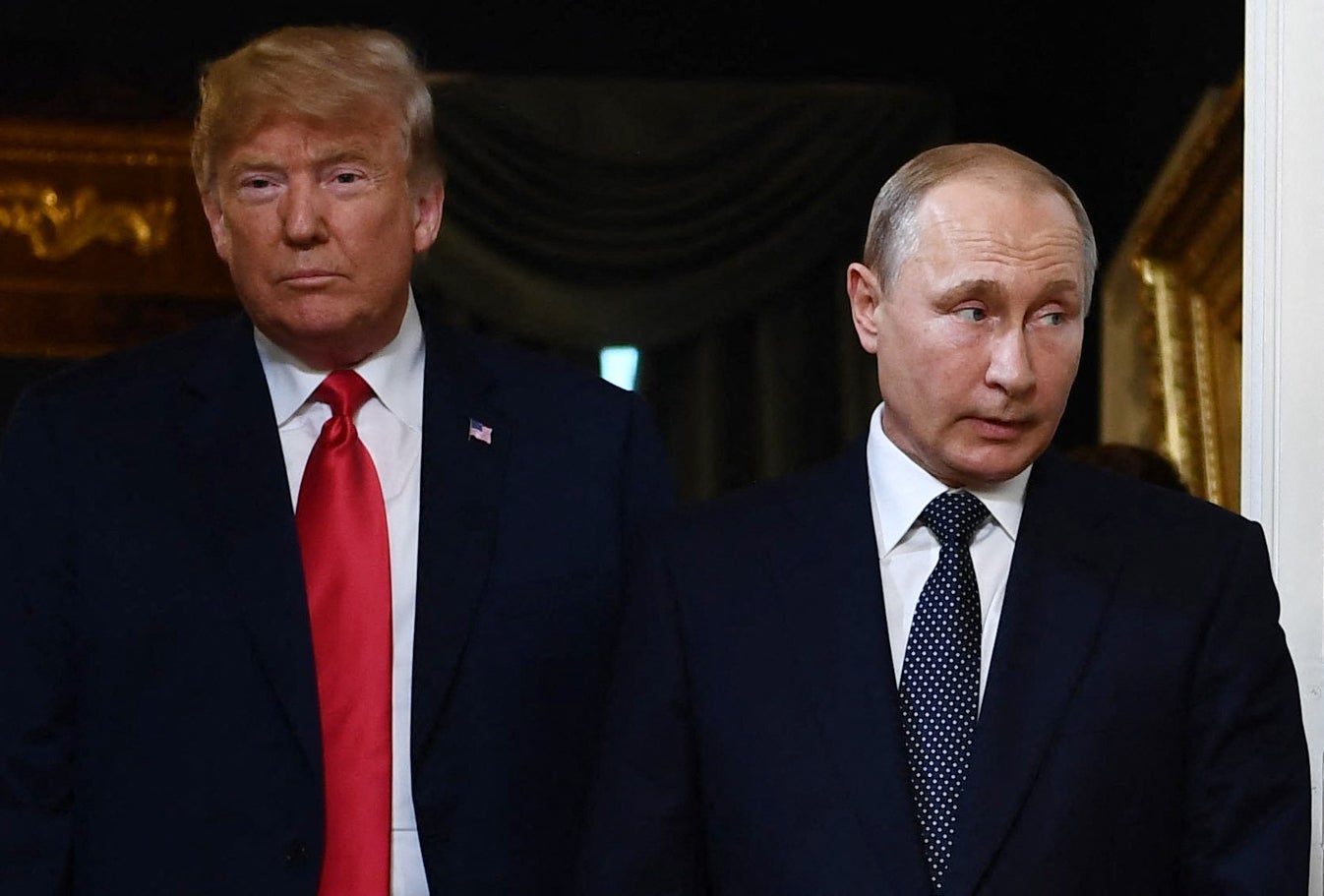
The last meeting between the two presidents took place in Helsinki, Finland, in July 2018, during Trump’s first term as president.
Following the meeting, Trump publicly contradicted US intelligence agencies and appeared to take Putin’s word over their findings regarding Russian election interference.
The remarks caused bipartisan outrage in Washington, with many accusing Trump of having “sided with the enemy.”
At the time, Finland was known for its military neutrality, however, it has since joined Nato and taken a firm stance against Moscow. This means it is almost certainly ruled out as the grounds for their meeting next week.
Historic meetings that have shaped world affairs
Reagan and Gorbachev – Reykjavik, 1986
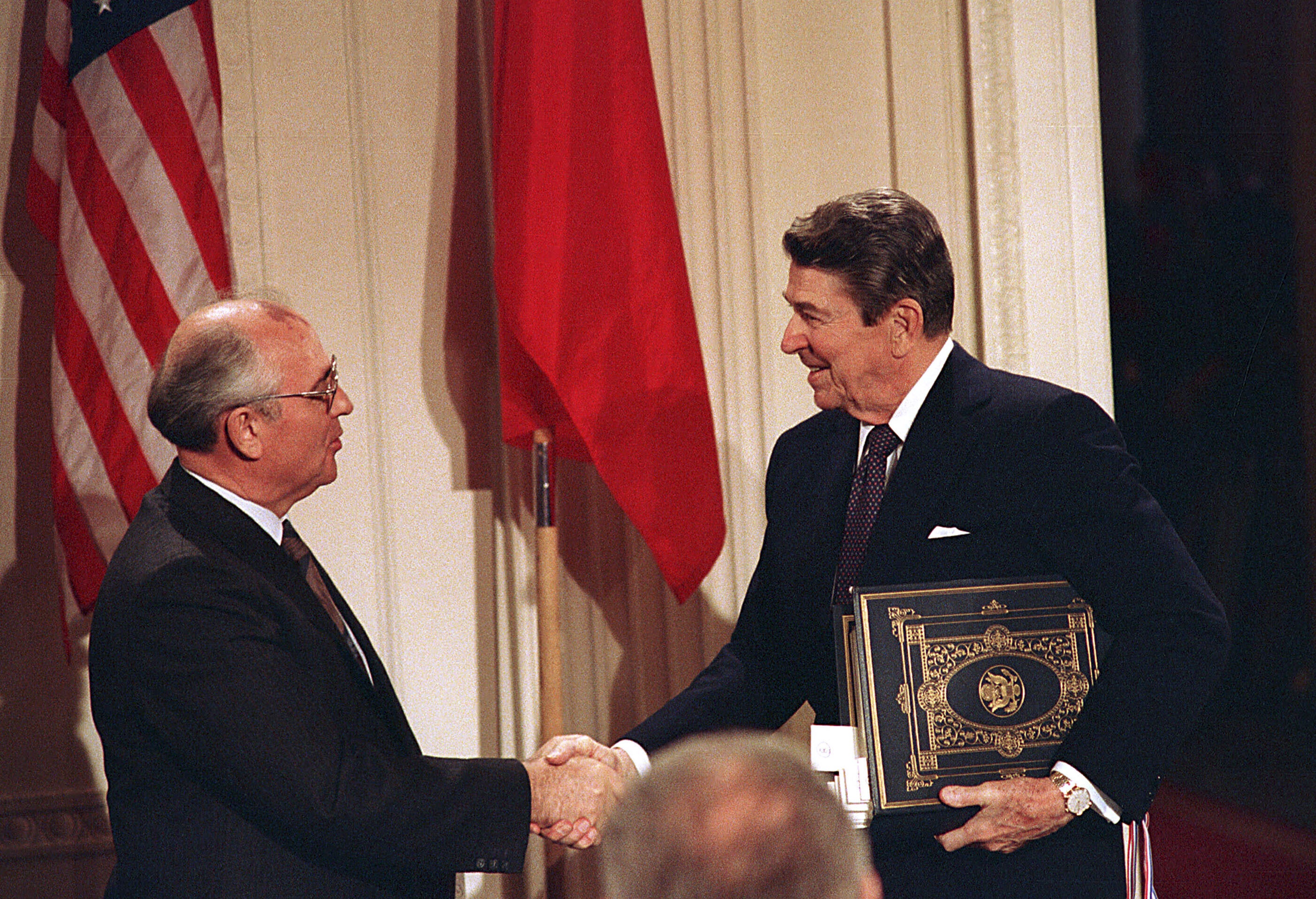
The Reykjavik summit between US president Ronald Reagan and Soviet leader Mikhail Gorbachev was one of the most important moments during the Cold War.
Although the talks collapsed at the last moment over Reagan’s refusal to abandon the Strategic Defense Initiative, the two sides came closer than ever to agreeing on sweeping nuclear disarmament.
The meeting helped pave the way for the Intermediate-Range Nuclear Forces (INF) Treaty, signed the following year. It is often referred to as a turning point in Cold War diplomacy.
Roosevelt, Churchill and Stalin – Yalta, 1945
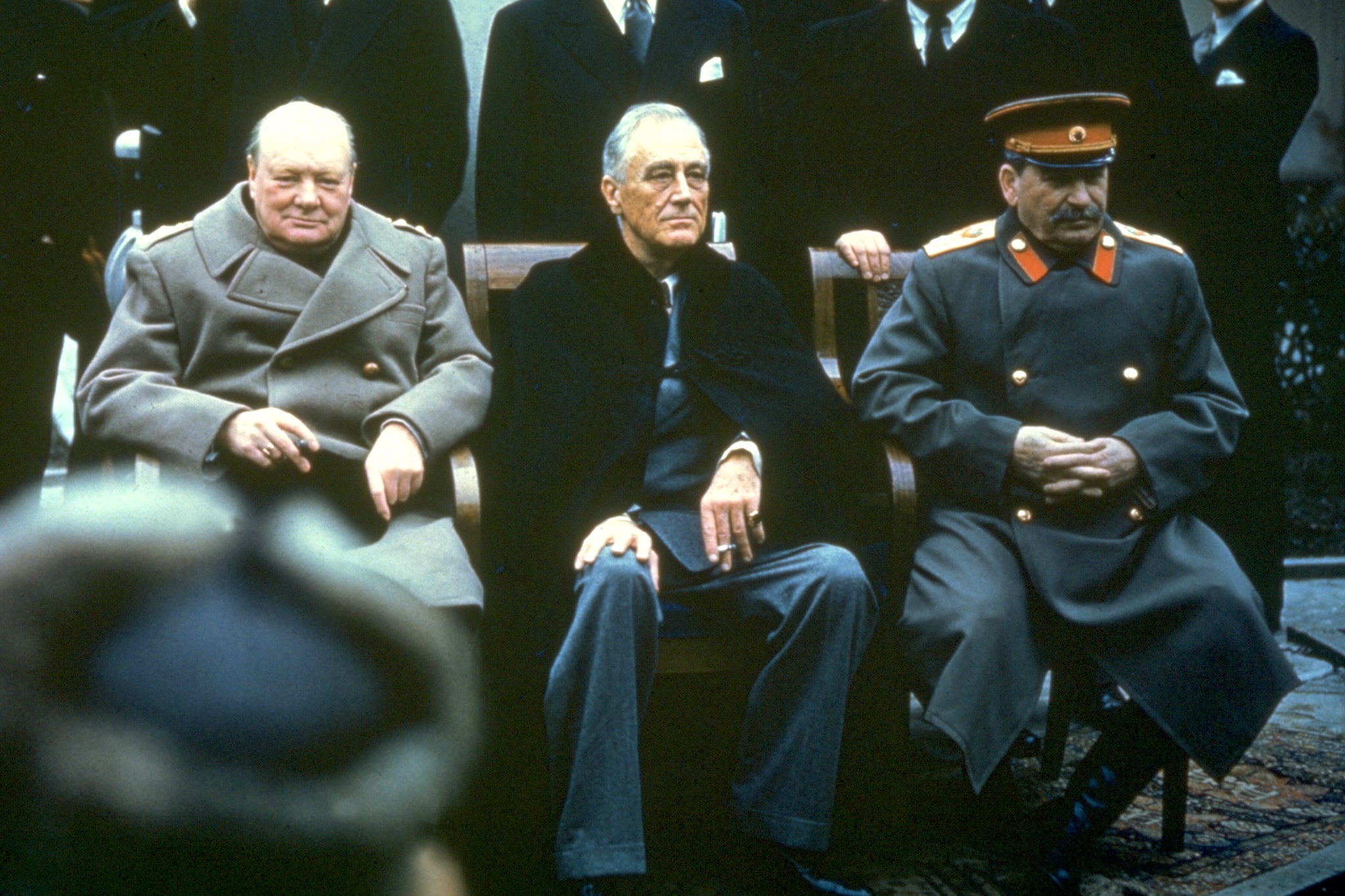
The Yalta Conference brought together the “Big Three” Allied leaders: US president Franklin D. Roosevelt, British prime minister Winston Churchill and Soviet premier Joseph Stalin.
Held in February 1945, with Nazi Germany on the brink of defeat, the leaders met to decide the shape of the postwar world.
They agreed on the division of Germany into occupation zones, the formation of the United Nations, and the political future of Eastern Europe.
However, the legacy of the meeting is mixed. Although it ended the war as a unified front, many historians argue it also led to the inception of the Cold War by legitimising Soviet control over Eastern Europe.
Trump and Kim Jong-un – Singapore and Hanoi, 2018-19
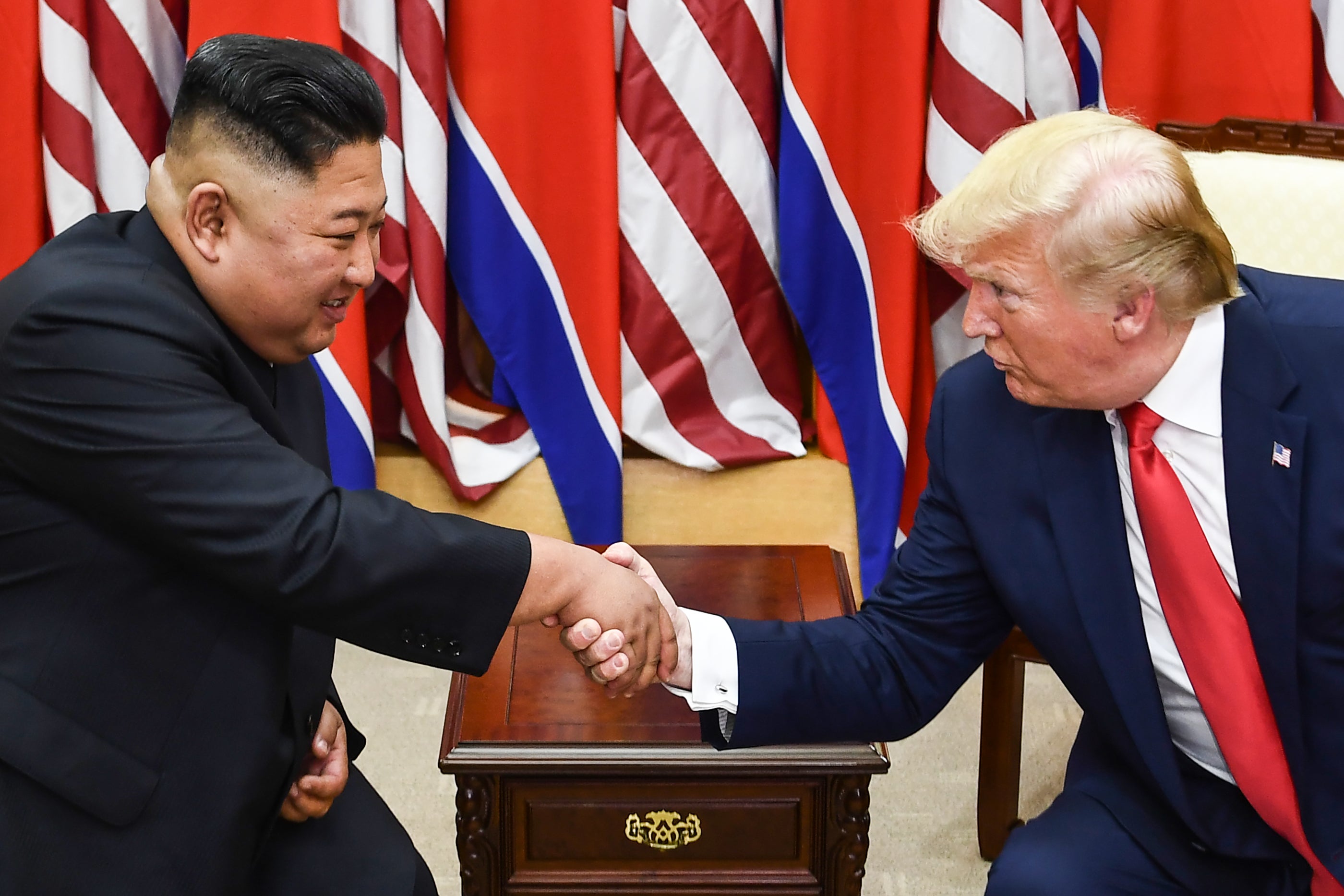
Trump became the first sitting US president to meet a North Korean leader when he sat down with Kim Jong-un in Singapore in June 2018.
The summit was choreographed as a historic breakthrough, complete with gestures such as handshakes, flags and sweeping promises of denuclearisation.
A follow-up meeting in Hanoi in February 2019 ended abruptly without agreement, after talks broke down over US demands for full denuclearisation and North Korea’s call for sanctions relief.
The meetings produced few results, but they were framed as bold and unprecedented diplomacy. However, they also drew criticism for giving legitimacy to a repressive regime without securing substantive concessions.

:max_bytes(150000):strip_icc()/Jane-Goodall-052125-1-ca2185b98c144916bf4ba3d3189d6b89.jpg?w=390&resize=390,220&ssl=1)


